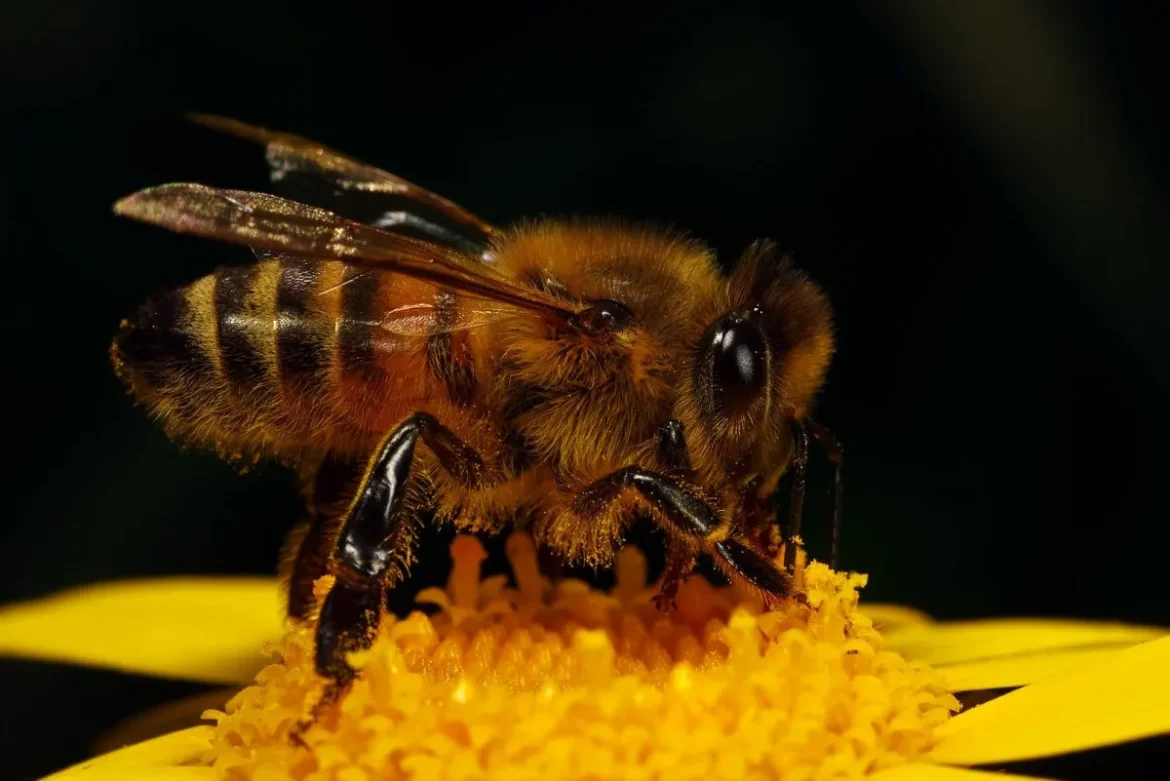Recognizing faces is essential for how individuals interact in complex societies, and it has long been considered an ability that necessitates the sophistication of a large human brain. However, new evidence published in Frontiers in Psychology demonstrates that insects such as honeybees (Apis mellifera) and European wasps (Vespula vulgaris) employ visual processing mechanisms similar to humans, enabling reliable face recognition. Remarkably, these insects achieve this despite having brains containing fewer than one million neurons, a sharp contrast to the 86 billion neurons comprising the human brain.
Understanding the brain size required for efficiently solving complex tasks is intriguing from both an evolutionary and practical standpoint. It sheds light on how large brains may have evolved and informs the design of artificial intelligence (AI) systems aimed at emulating the efficiency of biological brains.
The proficiency of individuals in recognizing familiar faces largely relies on “holistic processing,” a cognitive process involving the integration of various facial features to enhance recognition. This complex cognitive ability is believed to develop through experience in observing faces. Once individuals are acquainted with a face, its individual features, such as eyes, nose, mouth, and ears, are processed together as a “gestalt,” 1Gestalt is a German term meaning “shape” or “whole”. In psychology and psychotherapy, however, the term “gestalt” has a more specific meaning. Gestalt psychology or gestalt therapy is a psychological approach and type of therapy developed in the early 20th century by psychologists such as Max Wertheimer, Kurt Koffka and Wolfgang Köhler. allowing for consistent identification of individuals.

How do bees see us?
Interestingly, while holistic processing is most commonly associated with facial recognition, when individuals become experts in other visual tasks, such as judging dogs at shows or collecting classic cars, their brains also employ holistic processing to enhance recognition in those domains.
This suggests that holistic processing may be a general principle for recognizing important objects, offering broader applications, such as improving AI solutions, including the rapid and accurate identification of invasive plants in the growing AgTech industry.
To explore the extent of the principle of holistic processing across different species, a group of researchers conducted experiments to investigate how insects approach facial recognition tasks. Honeybees and European wasps were chosen as subjects due to their accessibility and ability to learn complex tasks in exchange for sugary rewards. Research conducted by this team demonstrated that these insects can indeed learn to recognize human faces.
Additional evidence from a US research group showed that paper wasps (Polistes fuscatus) excel at learning the faces of other paper wasps, suggesting the presence of specialized brain mechanisms for wasp face processing.
However, what remained uncertain was whether insects relied on a straightforward interpretation of individual facial features or employed a more intricate “whole picture” approach, similar to holistic face processing in humans. To address this question, the researchers conducted tests with manipulated faces using trained individuals from both honeybee and European wasp populations.
Two established tests for determining the use of holistic face processing in humans—the part-whole effect and the composite-face effect—served as their benchmarks. The part-whole effect demonstrates that recognizing individual face features like eyes, nose, or mouth in isolation is more challenging compared to identifying them within the context of a complete face. Meanwhile, the composite-face effect refers to a significant decrease in accuracy when the correct inner face features (e.g., eyes, nose, and mouth) are presented alongside incorrect outer features.
The researchers’ experiments aimed to discern whether honeybees and European wasps exhibited similar effects, thus providing insights into whether they employed holistic face processing to recognize faces. When the principles were applied to test insects, both bees and wasps were able to learn achromatic (black and white) images of human faces.
Afterward, both bees and wasps underwent four additional separate tests. The results indicated that, despite these respective insects having no evolutionary reason for processing human faces, their brains learned reliable recognition by creating holistic representations of the complex images. They put features together to recognize a specific human face.
This new information reveals that insects’ small brains can reliably recognize at least a limited number of faces. This suggests that in the case of humans, the advantage of their big brain may be the very large number of individuals they can remember.
This fresh insight helps understand how very sophisticated face processing expertise may have evolved in humans and other primates. The evidence demonstrating the use of holistic processing by different animals for a variety of complex visual problems suggests that this approach may be a useful one to explore for developing AI solutions for reliable recognition.
References: Are bees watching you? [Internet]. Are bees watching you? - RMIT University. 2018. Available from: https://www.rmit.edu.au/news/all-news/2018/aug/are-bees-watching-you


Leave a Reply